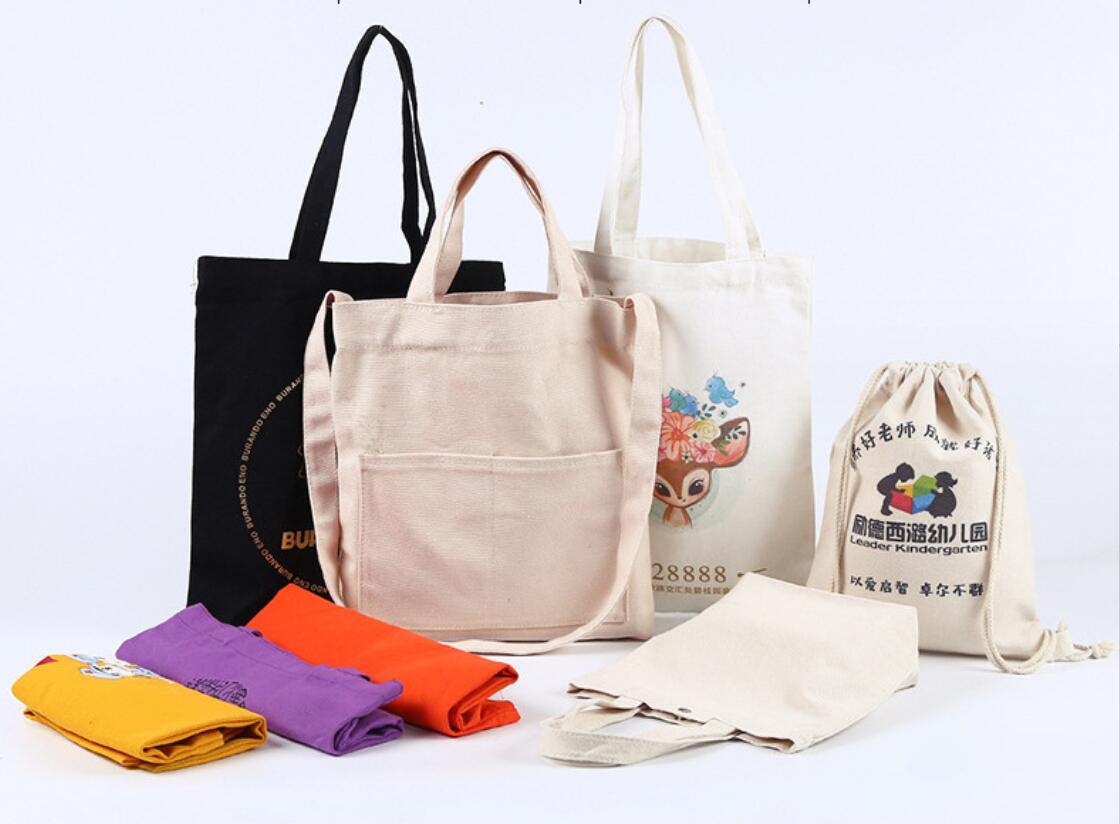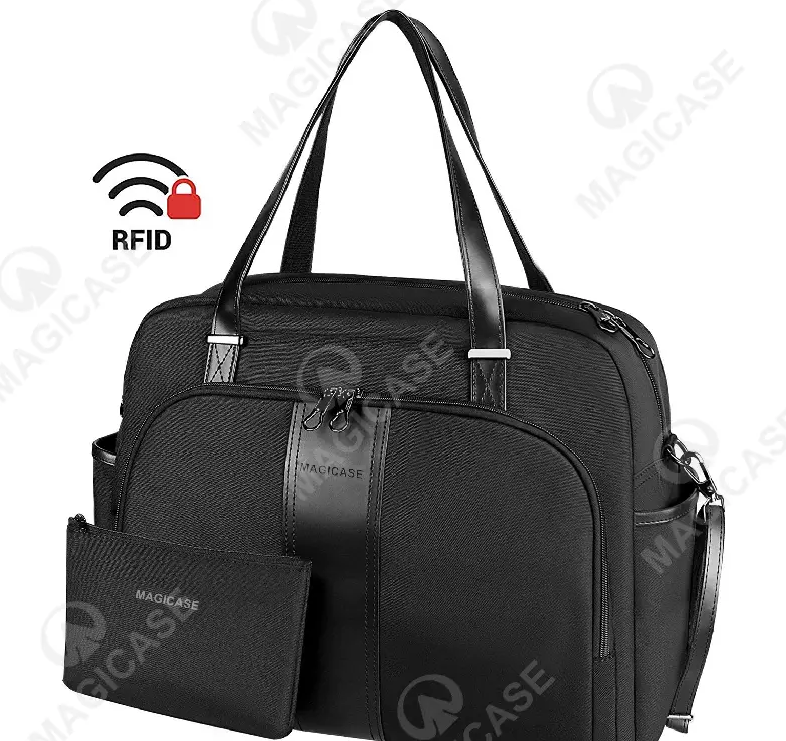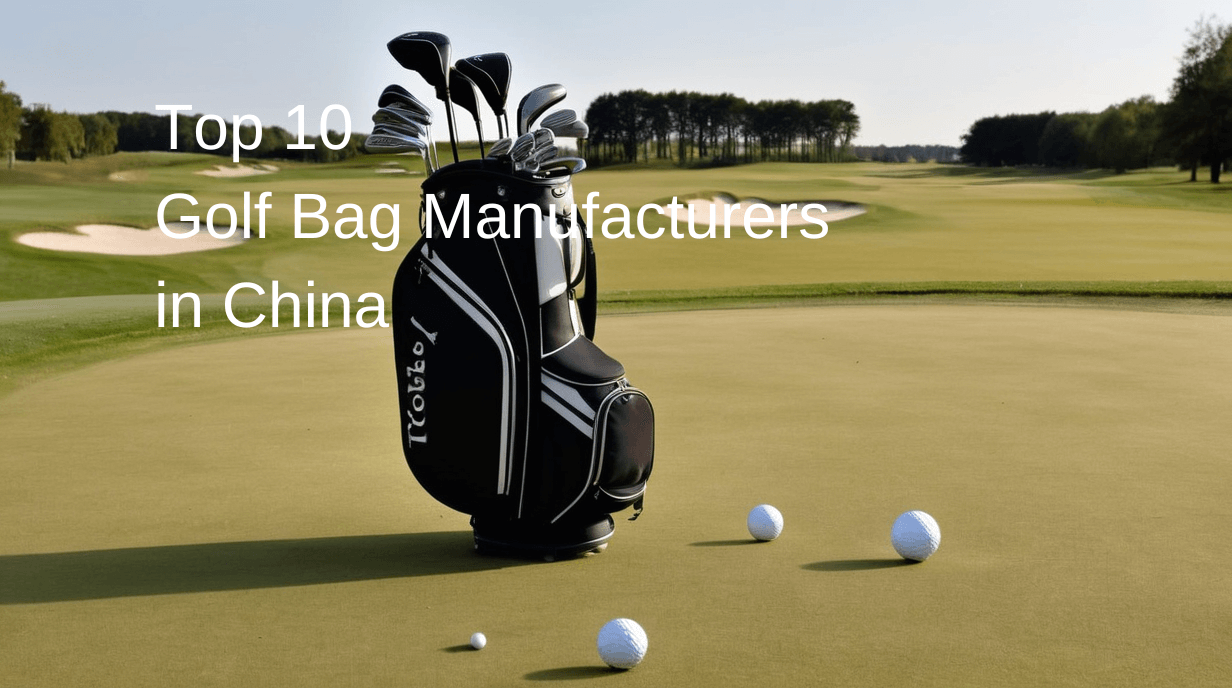Discover China’s top 13 bag manufacturers, offering diverse options from luxury leather to bulk production. Learn key evaluation criteria for your brand.

Table of Contents
- Why Source Bags from China?
- What Criteria Define a Top-Tier Bag Manufacturer?
- The 13 Leading Bag Manufacturers in China
- How Do You Select the Right Manufacturing Partner?
- Key Manufacturing Hubs for Bags in China
- Frequently Asked Questions about Sourcing Bags in China

Why Source Bags from China?
China stands as a global powerhouse in manufacturing, and the handbag and luggage industry is a prime example of its dominance. The country’s mature supply chain offers unparalleled access to a vast array of raw materials, from genuine leather and high-grade PU to durable canvas and specialized hardware. This integration allows for significant cost-effectiveness without compromising on variety or innovation.

Furthermore, decades of production have cultivated a highly skilled workforce and sophisticated manufacturing infrastructure. Chinese factories possess advanced machinery and streamlined processes, enabling them to handle everything from small, intricate batches to massive production runs with remarkable efficiency. This capability for scalability makes China an ideal partner for both emerging startups and established international brands. The competitive landscape also fosters continuous improvement, ensuring that manufacturers stay ahead of global trends in design, materials, and production techniques.
What Criteria Define a Top-Tier Bag Manufacturer?
Identifying a premier manufacturer requires looking beyond just the price tag. The best partners demonstrate excellence across several key areas that directly impact the quality of your final product and the smoothness of the business relationship. These criteria separate reliable, long-term partners from simple production houses.
Quality Control and Material Sourcing
An elite manufacturer maintains rigorous quality control (QC) protocols at every stage of production. This begins with meticulous sourcing of high-quality raw materials and continues through cutting, stitching, assembly, and final inspection. Ask potential partners about their QC process, what certifications they hold (like ISO 9001), and how they handle defects. A transparent partner will welcome these questions and be able to provide clear documentation of their standards.
OEM/ODM Capabilities
A manufacturer’s flexibility is often defined by its OEM (Original Equipment Manufacturer) and ODM (Original Design Manufacturer) services. OEM allows you to produce bags based on your specific designs and tech packs. ODM is for brands that may want to adapt or modify a manufacturer’s existing designs. Top-tier factories have experienced design and engineering teams that can provide valuable input, help refine your concepts, and turn a vision into a tangible, market-ready product. This collaborative ability is a hallmark of a true manufacturing partner.
Communication and Transparency
Clear, consistent, and prompt communication is non-negotiable. Your manufacturing partner should have a dedicated, English-speaking point of contact who can provide regular updates and address concerns efficiently. Transparency about production timelines, potential challenges, and costing is crucial for building trust. A lack of clear communication is often a red flag for future problems in production and logistics.
MOQ Flexibility and Scalability
Minimum Order Quantity (MOQ) can be a significant barrier for new or niche brands. While many large factories require high volumes, the best partners often offer a degree of flexibility. They understand the needs of growing businesses and may provide lower MOQs, especially for initial orders. Importantly, they must also demonstrate the capacity to scale production as your brand grows, ensuring they can meet increasing demand without a drop in quality.
| Criterion | Why It Matters | What to Look For |
|---|---|---|
| Quality Control (QC) | Ensures product consistency and reduces defects, protecting your brand’s reputation. | ISO 9001 certification, documented QC process, final inspection reports. |
| OEM/ODM Experience | Determines their ability to execute your unique designs or assist in development. | Portfolio of past work, in-house design team, prototyping process. |
| Communication | Prevents misunderstandings, delays, and costly errors. | Fluent English-speaking contacts, prompt email responses, video call availability. |
| Flexible MOQ | Allows new and smaller brands to enter the market and test products. | Willingness to discuss lower MOQs for initial runs or custom projects. |
The 13 Leading Bag Manufacturers in China
This list features a curated selection of manufacturers known for their quality, reliability, and specific areas of expertise. It ranges from specialists in luxury leather to large-scale producers of diverse bag types.
-
Beldturaleather
Specializing in premium custom leather goods, Beldturaleather is a standout manufacturer based in Guangzhou. With over 15 years of experience, they are masters of OEM and ODM for genuine leather handbags, wallets, belts, and accessories. Their dedicated craftsmanship and stringent quality control make them an ideal partner for brands seeking high-end products. Beldturaleather is particularly noted for its support of both established labels and emerging startups, offering expert guidance and flexible MOQs to help bring unique brand visions to life. Their focus on quality materials and meticulous construction ensures a final product that exudes luxury and durability. -
Orient Handbag
A large-scale manufacturer with extensive experience, Orient produces a wide variety of bags, including cosmetic bags, backpacks, and tote bags. They are known for their robust production capacity and ability to handle high-volume orders for major international brands. -
SLBAG
Located in Xiamen, SLBAG specializes in cooler bags, backpacks, and travel bags. They have a strong reputation for producing functional and durable products, holding certifications like ISO9001 and BSCI, making them a reliable choice for utility and promotional bags. -
Guangzhou Zexin Leather Co., Ltd.
As a key player in the Guangzhou leather hub, Zexin focuses on fashionable women’s handbags made from PU and genuine leather. They have a strong design team that stays current with global trends, making them a great partner for fast-fashion brands. -
Xiamen Cameo Enterprise
Cameo is a versatile manufacturer producing everything from sports bags and backpacks to laptop bags and promotional items. Their strength lies in their wide product range and experience working with a global client base. -
Quanzhou Dason Bags Co., Ltd.
Dason focuses on creating a diverse array of bags, including school bags, travel bags, and specialized outdoor packs. They emphasize innovative design and functional features in their products. -
Shenzhen UNI Handbag
This manufacturer is known for its cosmetic and toiletry bags. They offer excellent customization options for materials, logos, and features, catering to the beauty and travel industries. -
KingHow Bags Manufacturer
KingHow specializes in tool bags, tactical bags, and other heavy-duty utility bags. Their focus on durability and rugged materials makes them a top choice for industrial and professional-grade products. -
Beone Handbag Factory
Beone has a broad portfolio that includes cooler bags, backpacks, and shopping totes. They are recognized for their competitive pricing and ability to manage large-volume production runs efficiently. -
Oasis Bags
A global manufacturer with a significant presence in China, Oasis Bags offers a massive catalog of customizable bags, from fashion and business to promotional and eco-friendly options. They serve as a one-stop-shop for diverse wholesale needs. -
Yiwu Yourun Bag Factory
Located in the famous Yiwu commodity city, this factory excels in producing promotional and non-woven bags at highly competitive prices. They are ideal for businesses needing large quantities for marketing events or retail giveaways. -
Guangzhou Gabino Leather
Gabino is another strong contender in the fashion handbag space, producing trendy and classic designs for women. They have a reputation for good quality PU leather products and responsive service. -
Center Way Limited
With a focus on sports and outdoor bags, Center Way produces high-quality backpacks, hydration packs, and ski bags. They are known for their technical expertise and use of performance materials.
How Do You Select the Right Manufacturing Partner?
Choosing a manufacturer is a critical business decision. A methodical approach will help you forge a successful and lasting partnership. The process involves deep introspection about your brand’s needs followed by rigorous vetting of potential suppliers.
Defining Your Product Requirements
Before you even contact a supplier, you must have a crystal-clear vision of your product. Create a detailed tech pack that includes:
- Design Mockups: Clear drawings or CAD files of the bag from all angles.
- Dimensions: Precise measurements for every part of the bag.
- Materials: Specify the exact type of material (e.g., full-grain cowhide, 16oz canvas, 500D Cordura nylon), color (with Pantone codes), and finish.
- Hardware: Details on zippers, buckles, studs, and clasps, including material (e.g., zinc alloy, brass) and color.
- Construction Details: Notes on stitching type, lining, pocket placement, and branding (e.g., embossed logo, woven label).
This document is the blueprint for your product and the foundation of your communication with manufacturers.
Vetting Potential Suppliers
Once you have a shortlist of manufacturers, begin the vetting process. Reach out with your tech pack and ask targeted questions. Inquire about their experience making similar products and ask for portfolio examples. Request information on their factory size, number of employees, and primary export markets. A professional manufacturer will respond thoroughly and transparently. Pay close attention to their communication style—are they responsive, clear, and professional? This initial interaction is often indicative of the future working relationship.
The Importance of Samples and Factory Audits
Never proceed to bulk production without first approving a sample. The sample is the ultimate test of a manufacturer’s ability to execute your vision. Inspect it meticulously for quality, accuracy, and adherence to your tech pack. It may take a few iterations to get it perfect. For significant orders, consider a factory audit. This can be done by you or a third-party inspection service. An audit verifies the factory’s legitimacy, working conditions, and quality control systems, providing invaluable peace of mind before committing to a large investment.
Key Manufacturing Hubs for Bags in China
China’s bag manufacturing industry is concentrated in specific regions, each with its own specialty. Understanding these hubs helps you locate the right kind of supplier.
Guangzhou (Guangdong Province): Known as the capital of leather goods, Guangzhou is the premier hub for high-quality leather and PU handbags. The region hosts a complete ecosystem, from tanneries and hardware suppliers to factories like Beldturaleather that specialize in premium craftsmanship. This is the place to source for fashion and luxury brands.
Yiwu (Zhejiang Province): Yiwu is famous for its massive international trade market. Factories in and around this city specialize in high-volume, low-cost production of promotional bags, non-woven totes, and simple backpack designs. It is ideal for mass-market retail and marketing purposes.
Baigou (Hebei Province): Often called the “Luggage Capital of China,” Baigou is a major center for all types of luggage, suitcases, and backpacks. The scale of production here is immense, making it a hub for affordable and mid-range travel goods.
Frequently Asked Questions about Sourcing Bags in China
What is the average MOQ for custom bags in China?
MOQ varies widely depending on the manufacturer and material. For simple promotional bags, it can be 1000+ units. For complex PU or canvas bags, it might be 300-500 units. For genuine leather products, specialized factories may offer MOQs as low as 50-100 units per style, especially if they cater to emerging brands.
How long does production and shipping take?
After sample approval, bulk production typically takes 30-45 days. This can vary based on order complexity and volume. Sea freight to North America or Europe usually takes an additional 30-40 days, while air freight is much faster (5-10 days) but significantly more expensive.
What are the common payment terms?
The standard payment structure is a 30% deposit to begin production and the remaining 70% balance paid upon completion, before the goods are shipped. Some manufacturers may require a 50% deposit. These terms are often negotiable, especially for long-term clients.



